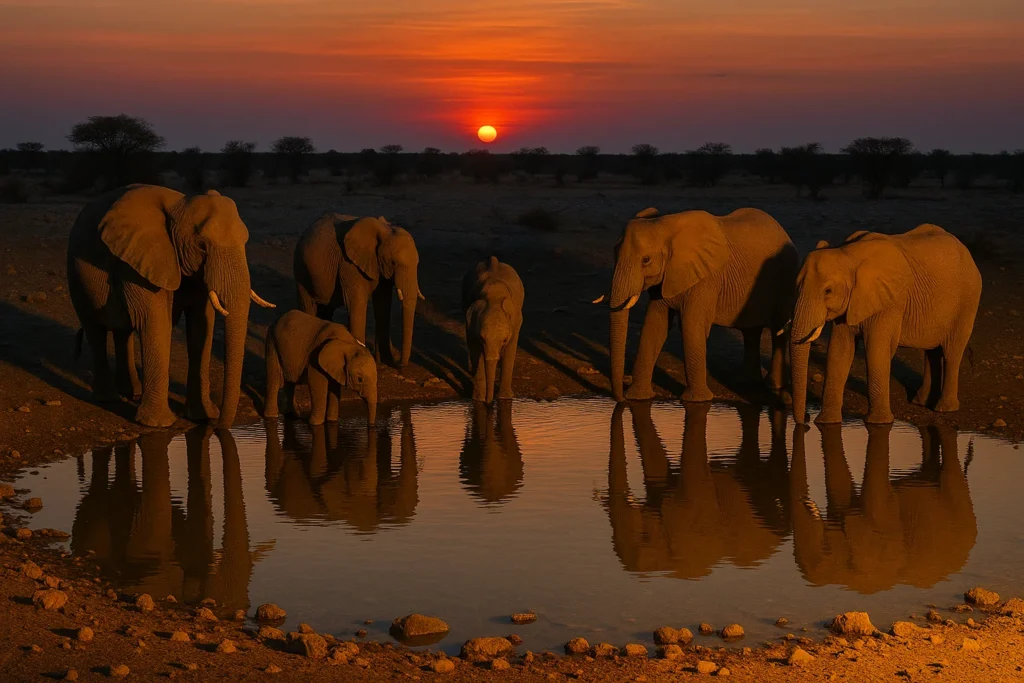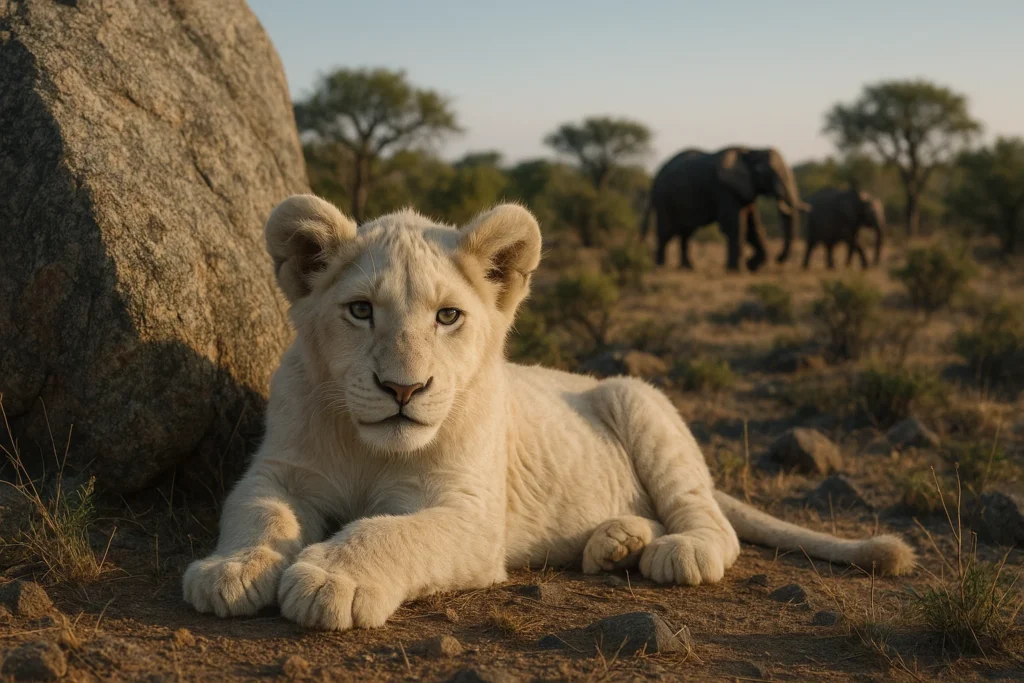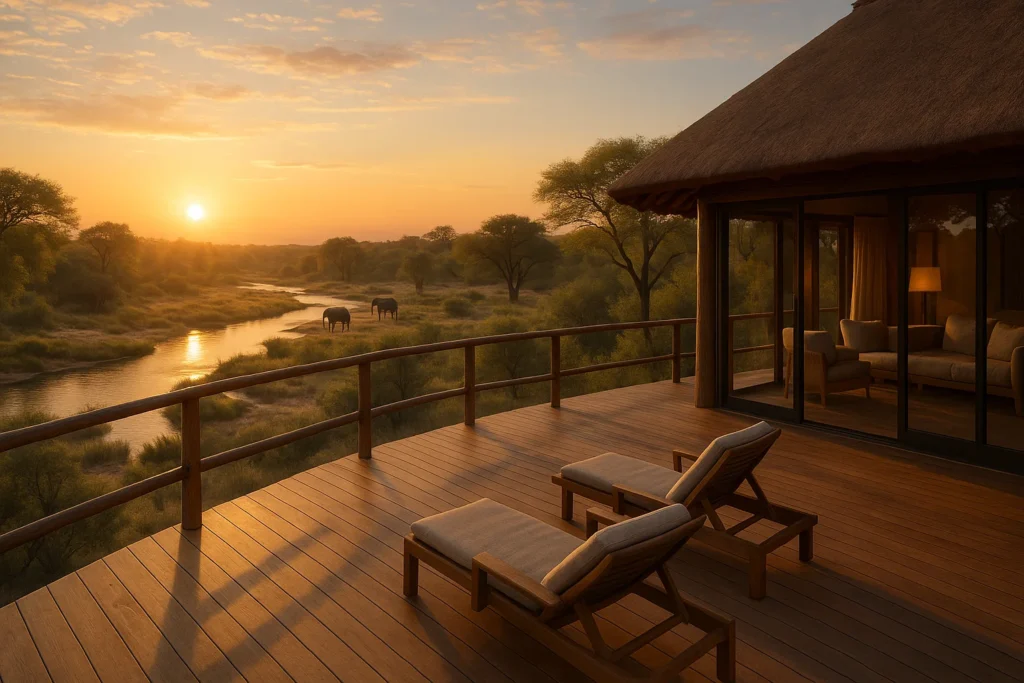Etosha National Park is a photographer’s dream—wide-open, drama-filled, and wildlife-rich around every gleaming waterhole. With the park’s sparse vegetation and the congregation of animals at watering spots, it’s a perfect setting to capture powerful, intimate moments of Africa’s iconic species. From Okaukuejo’s floodlit draws to the remote jewels of the pan, this guide will help you frame unforgettable shots, tailored by seasons and camp locations.
Why Waterhole Photography Works So Well
Etosha’s dry season is when wildlife viewing—and photographing—truly shines. As water retreats elsewhere, animals crowd around the few remaining sources, making encounters more frequent and predictable. The clear lines of sight, especially at camps like Okaukuejo and Halali, enhance visibility and photographic opportunity.
Seasonal Strategies
Dry Season (June–October)
- Best period: Late dry season (August to October) offers maximum visibility and animal congregation at waterholes.
- Photography Tips:
- Use long lenses (200–400 mm) for intimate close-ups.
- Early and late light gives dramatic warm tones—stay positioned at waterholes before sunrise and around sunset.
- Floodlit waterholes (e.g. Okaukuejo, Halali) allow for powerful night shots of elephants, rhinos, lions, and more.
Rainy Season (November–May)
- Shift in subject matter: The pan marshes transform with water, attracting flamingos, pelicans, and migratory birds—great for sweeping aerials or reflective shots.
- Photography Tips:
- Focus on landscapes and flocks—wide-angle lenses excel here.
- Bugs and crowds are less of a concern.
- Watch for dramatic skies, but be prepared for muddy roads and limited access—self-drive might be challenging.
Best Camps & Waterholes for Photography
Okaukuejo Camp
- Pros: Iconic floodlit waterhole—they’re visible even at night. Expect elephants, zebras, lions, and black rhinos drawn to the lights.
- Tip: Steady your camera on a tripod for night shots, use low ISO and slower shutter speed for atmosphere.
Halali Camp
- Pros: Central, quieter, with its own floodlit waterhole. Great for elephants and other species in intimate lighting.
Namutoni (King Nehale Waterhole)
- Floodlit and adjacent to the camp; known for elephant and diverse wildlife visits at dusk and night.
Charitsaub, Goas 1 & 2
- Why they stand out: Close to roads, shaded trees, high probability of sightings. Goas often has zebras, wildebeest, elephants crossing right in front of vehicles for dynamic compositions.
Others to Note
- Ngobib: Natural spring often visited by leopards—great chance for predatory behavior shots.
- Okerfontein & Olifantsbad: Both attract top predators and large herds—helpful for action-packed frames
Photography Gear and Techniques
- Lenses:
- Dry season: Telephoto lenses (200–400 mm or longer) to isolate subjects at water’s edge.
- Rainy season: Wide-angle or zoom lenses (24–70 mm, 70–200 mm) to capture landscape-and-wildlife interplay.
- Tripods and Noise Control: Especially essential at night; cameras must be silent and stable even when wildlife is near.
- Settings Advice:
- Daylight: f/5.6–8, 1/500s or faster for crisp movement.
- Night: f/2.8–4, ISO 400–800, slower shutters to catch reflected light without noise.
- Composition Tips:
- Use water and shade as natural framing.
- Capture reflections and symmetry for impactful visuals.
- Be ready for inter-species interactions—position early, remain patient.
- Logistics:
- Self-drive is ideal, but ensure you’re well-prepared—carry spare tires, water, and follow speed limits (60 km/h recommended)—especially in the rainy season.
Sample Daily Photo Itinerary (Dry Season)
- Pre-dawn: Head to Okondeka or Charitsaub for golden light and predator action.
- Midday: Rest camp or explore shaded Goas waterholes for varied focal opportunities.
- Late afternoon & dusk: Return to Okaukuejo or Namutoni for floodlit magic.
Conclusion
Etosha National Park’s waterholes are nature’s own stages—where survival drama unfolds, light is at its purest, and compositions practically create themselves. Whether in the dramatic stillness of the dry season or the glistening vibrance of floodwater flocks, your camera becomes a storyteller. Choose your camps wisely, anticipate light and animal behavior, and let the lens capture the essence of Etosha.
Let adventure—and wildlife—lead the way, and come back for more Safaris insights on our blog.
FAQs
You must always stay in your vehicle—night floodlit viewing is safe from inside the car only.
Yes—many natural and artificial water sources like Charitsaub and Goas are accessible by car, but always observe from within a vehicle.
Rainy season shifts focus to birdlife and dramatic landscapes—great for wide-angle shots and scenes of flocks and reflections.
Several operators run photo-focused safaris; they can offer expert guidance and prime viewing spots. Independent driving works too, if you’re experienced.
Bring a fast lens (f/2.8 or wider) and use a tripod—these help capture crisp low-light images of nocturnal visits.






